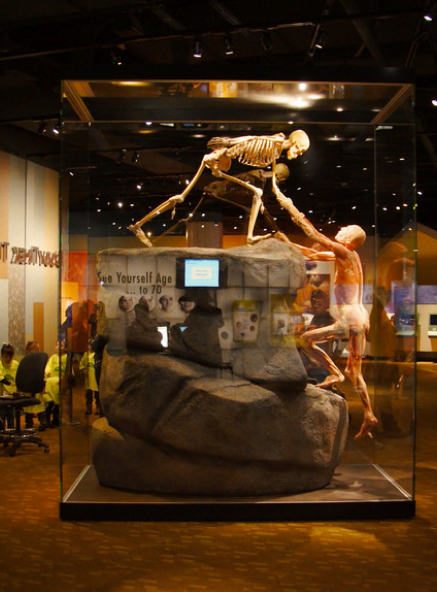strategy & Planning
Recasting Strategy
This case study is based on
real world outcomes.
Get to know
The Organization
This natural history museum opened in the 19th century and is a treasured community asset. This organization enjoys an excellent reputation in its community and has a tradition of creating innovative programs that contributes to its strong national reputation. Over the last decade a series of new challenges have emerged: leadership transitions, failure to achieve anticipated earned income targets, changing audience expectations, fundraising disappointments and new competition have caused the Board to reexamine this institution’s strategy.

Megan Ferland
Role In Company
Company Name
“Testimonial…Ut a nisl id ante tempus hendrerit. Etiam ultricies nisi vel augue. Vivamus consectetuer hendrerit lacus.”

Be sure to be following
The Process
The Board requested a facilitated strategic dialog, focusing on the rapidly changing external environment. The role of the facilitator for this assignment was to a) organize the process b) ensure that the most important questions are addressed and c) facilitate a process that ensures the museum’s Board of Trustees strikes the right balance between reflection and results.
All organizations are founded to serve a societal need. The closer any organization matches the needs of its intended audience, the greater its potential is for sustained success. As society evolves and needs change, all organizations risk losing touch with those key trends that signal major changes ahead for the organization. An external environmental scan and the related dialog provide an opportunity to explore new challenges and opportunities confronting an organization.
Strategic dialogs around the evolutionary and
revolutionary trends in the external operating
environment are prompted by questions like these:
Competition
- What activities or organizations are the Museum’s key competition for attendees, donors and volunteers in your community?
- In what distinctive and effective (quality, cost, retention, service) ways are our traditional competitors serving children, adults, volunteers, donors and our other stakeholders?
- What creates the most effective competitive advantage in attracting the audiences we want to serve?
- Who are our nontraditional competitors and what unique benefits are they offering?
Technology
- Will new technology allow us to enter new markets and/or serve new audiences within existing markets?
- What technologies may reduce costs or enhance efficiencies for our organization?
Developing strategies for navigating this new and complex environment, required a fresh
perspective and dialog.
This dialog defined the Board’s approach to setting the organization’s course of action, both short and long-term. The most effective strategic conversations ultimately formulate the list of opportunities and challenges that will inform a planning process, shaping first the inspirational aspirations and then the practical implementation. Participants should create a longer-term vision of their preferred future and then transfer that vision to the creation of detailed plans with quantified objectives.
Donec mi odio faucibus
The Outcome
As a result of the strategic dialog, it became very clear that the most pressing need is for this Board to foster momentum and a sense of urgency by creating the museum’s new “story.” Key questions were identified to shape the Board and staff’s ongoing work, leading the Institution’s strategic direction and plan.
- How could our museum’s “story” differentiate their programs and services from other local institutions, and allow them to better compete in the face of new, nontraditional competitors?
- What is the right combination of content competency, audience engagement and a sustainable financial model?
- How can the breadth of unique and historic collections be used to the Museum’s advantage?
With new clarity, energy, focus and alignment the Board and staff set a new course for the future.
- The Board of Directors created a new format for Board meetings and tasked new assignments to Board committees and task forces.
- Effective planning became an integral and routine part of the management system of this organization. It defined the most important priorities and responsibilities, driving the budget, and shaping today’s activities.
